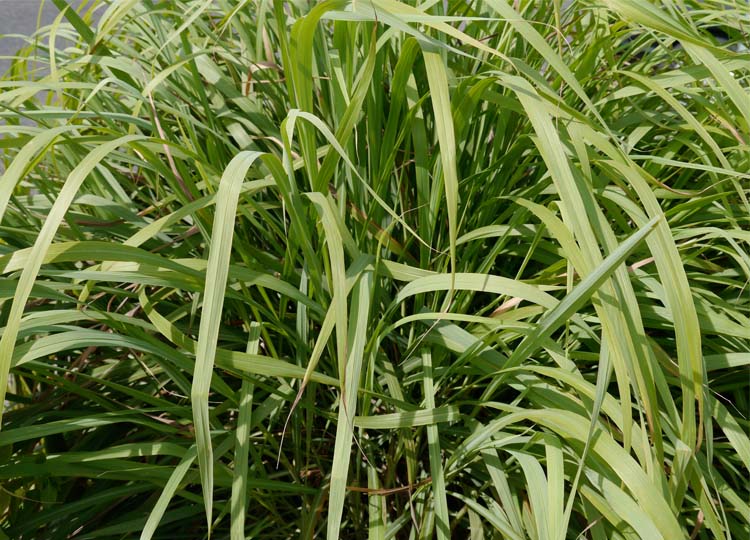Herbs and vegies are the street planting of choice at one of Australia's most beautiful beach towns.
Landscapology decamped to Yamba over Easter, and what a smart decision that was. If you’ve ever been there you’ll know that Yamba is one of the loveliest coastal towns in Australia. You get to look at stuff like this every day:
Not bad huh.
Pandanus unfurl themselves across the headlands, the spinifex glows silver in the breeze, and the water whispers your name. Heaven.
But wait, there’s more!
Yamba is also home to a brilliant edible garden scheme. Supported by the local council, Edible Yamba was launched last Easter.
Garden beds on the main street have been planted with a rich assortment of vegetables and herbs.
Where no footpath space is available, simple, robust timber planters have been installed.
Little signs display information about unusual specimens.
I've never seen za'atar growing: only the traffic and crowds stopped me from getting closer.
Oregano: good for pizzas and prostates. Apparently...
...and here it is in the flesh.
Larger signs encourage everyone to participate by using the crops.
Such a generous idea.
Some shop owners have personalized their planters, adding flowers to the bounteous mix of edibles.
Kale. Mealy bug free obviously, as every insect in the country lives in my crop.
As you'd expect, several of the local cafes have also embraced the concept with enthusiasm.
Caperberry, in its prime corner location, directs its Facebook followers to recipes that can be made using items from the street plantings, such as this lush lemongrass.
Perennially popular Beachwood Café was ahead of the pack in tending a jam-packed herb garden on the tiny verge outside.
Could this be the hottest street in town?
Lovely fennel flowers.
At the moment, rosellas are blooming amongst the other plants.
Oh rosella jam...how you make my heart sing.
Newcomer Irons and Craig is also awash in rosellas. Growing in the garden behind the café, they are harvested and bottled as preserves or jam each Wednesday, when the café is shut for pickling day.
A few stalks of corn from a larger crop still thrive out the front, next to chillis and capsicums.
Underneath, oregano makes a soft and fragrant groundcover.
Look up, and vines twine up an old hills hoist.
The edible gardens also pop up behind the signage that marks the arrival into the main shopping area.
Here, capsicums and curry plants and joined by geraniums and a stand of pawpaw trees.
Part of the decision to instigate Edible Yamba was to show that fresh, organic food could be grown easily and look just as attractive as a purely ornamental garden.
I don’t know about you, but seeing such abundance on every street corner was incredibly satisfying. How brilliant to brush past a thriving rosemary or curry plant on your way to get the paper, and release that wonderful scent into the seaside air.
I think it’s safe to say that Edible Yamba has made me love the place even more.
What do you think?
Do any streets near you contain edibles? What are they? What one herb or edible plant would you like to see used more in your city streets. Let us know in the comments below.
If you think a friend would find this article interesting I’d be honoured if you passed it along.
Thanks for reading, and see you soon for more from the wonderful world of gardens, landscape and design.















































































































